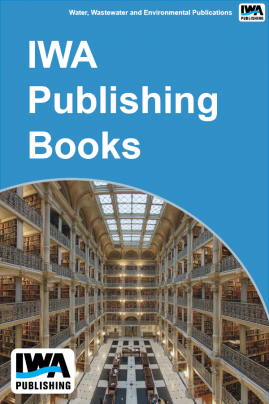 |
Minimizing Mercury Emissions in Biosolids Incinerators
Minimizing Mercury Emissions in Biosolids Incinerators

Mercury is a persistent bio-accumulative toxicant (PBTs) and thus the United States Environmental Protection Agency (EPA) has established a goal of reducing environmental levels of PBTs in the environment. Proactively, the Water Environment Research Foundation (WERF) provided funding for research related to mercury (Hg) measurement and control in United States Publicly Owned Treatment Works (POTWs) that practice biosolids incineration. In this study, surveys of POTWs determined analytical techniques employed for all matrices, biosolids incinerator design and operational parameters, testing frequency, and historical data. A comprehensive literature review gathered information to summarize current understanding of mercury speciation in combustion gas. This is a critical information piece needed in developing a mercury control strategy. Control technology applied to similar industries of coal fired utilities, municipal waste combustors, medical waste incinerators, hazardous waste combustors, crematories, and industrial boilers is presented in this report. Only limited information is available concerning mercury speciation cycling throughout a biosolids incinerator facility. Mercury control is highly dependent upon understanding and manipulating mercury speciation to advantage. Mass balance studies are an important component of understanding mercury cycling in biosolids incineration, but few studies exist. Guidance for mass balance study design and application is included in this report.
Online Only
Also available as part of your Water Inteligence Online subscription
Publication Date: 10/03/2010ISBN13: 9781843393559eISBN: 9781843393559Pages: 190 |
Print:
|